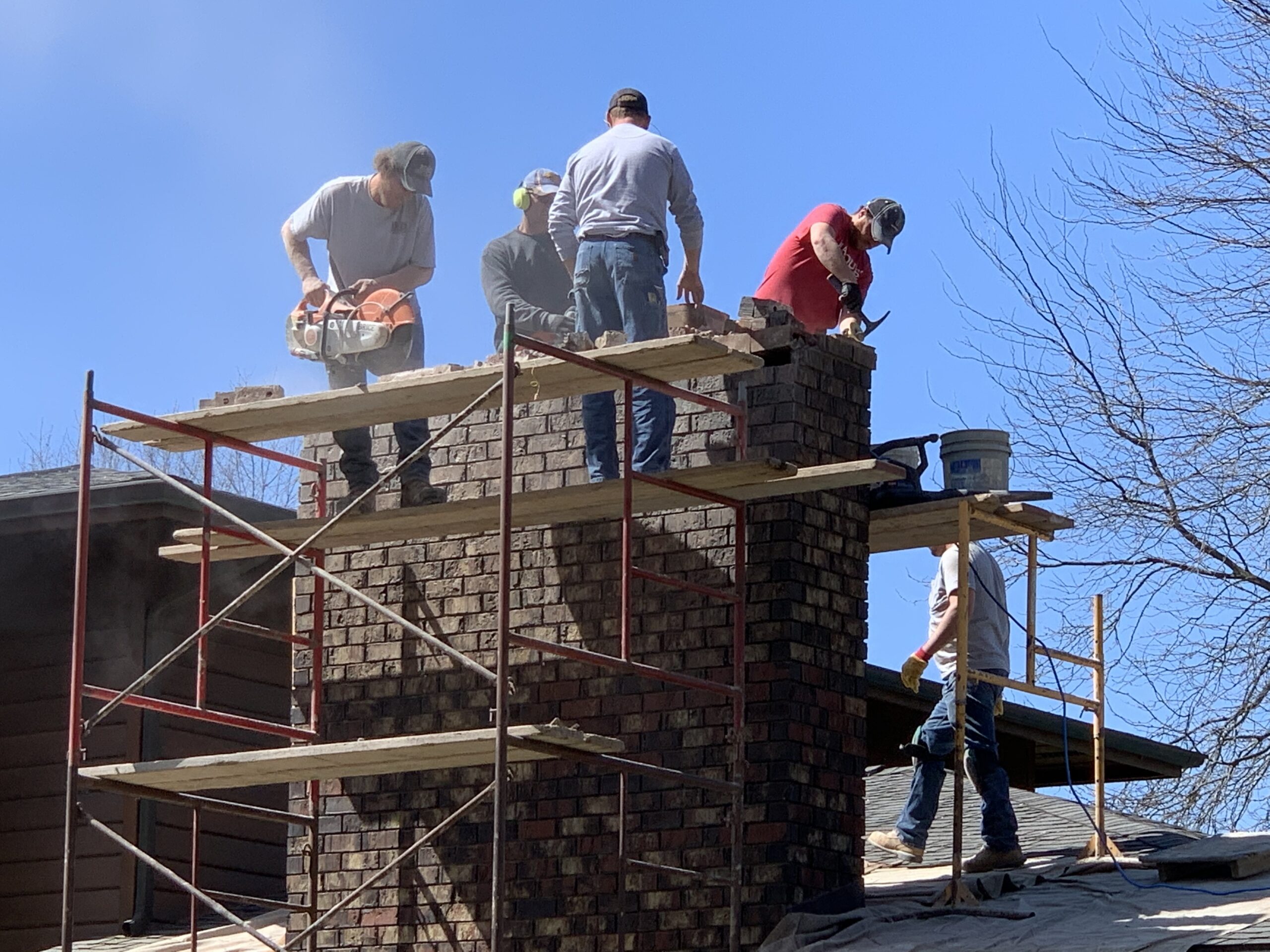Reader Question: A potential buyer has made an offer on our home with a contingency for a fireplace inspection. The chimney inspector started inside and took many measurements of the fireplace and the mantle. Then he went outside and lowered a special camera down the chimney. He came back inside the house and showed me the video. I could see some of the mortar between the stacked chimney tiles had deteriorated or was missing. He told me the chimney was in bad shape and was a fire hazard. The buyer did not attend the fireplace inspection. A few days later, the buyer asked for $13,000 to repair the chimney. This seller is stumped with the fireplace inspection. Do you have any advice?
Monty’s Answer: Here is some background information that may help stimulate a happy ending. The Environmental Protection Agency (EPA) estimates there are near 18 million fireplaces in the US. The Chimney Safety Institute of America (CSIA) states, “The chimneys that serve fireplaces have the job of expelling the by-products of combustion – the substances produced when wood burns. These include smoke, water vapor, gases, unburned wood particles, hydrocarbon, tar fog, and assorted minerals. As these substances exit the fireplace or woodstove and flow up into the relatively cooler chimney, condensation occurs. The resulting residue that sticks to the inner walls of the chimney is called creosote.” Creosote is the leading cause of chimney fires. The CISA also states the majority of chimney fires go undetected at the time of the fire. There are approximately 25,000 chimney fires detected annually.
The impact of fireplace construction techniques
My research suggests wood-burning fireplaces are more prone to fires than gas logs. Gas logs do not produce creosote or the 2000℉ heat of a wood fire. Chimneys that are built entirely from brick are far less apt to cause a fire when adequately maintained. When the fireplace has a brick facia constructed over a wood frame, the fire’s intense heat can cause adjacent materials other than creosote to ignite. Here is a link to Bob Vila’s advice about building a fireplace.
Interestingly, property and casualty insurance companies do not rate fireplaces. The primary homeowners’ coverage includes fireplaces. Unrated coverage suggests the chances of a chimney fire are quite low, regardless of the construction method.
Monty’s advice
I assume the buyer shared the fireplace inspection. Consider a second, possibly a third opinion. A chimney sweep or a mason contractor are two types of contractors that possess the knowledge to opine. Treat the vetting process the same way you would hire a handyman (https://bit.ly/39tOgzf). You want unbiased recommendations from satisfied customers. You want to understand all the typical repair options up-front. There are likely only a handful of potential fireplace problems and more than one solution for any challenge. Sometimes a $12,000 stainless steel liner job can turn into a $3,000 liner coating on the inside of the flue tiles. Like any other business, not all service providers will come to the same conclusions.



